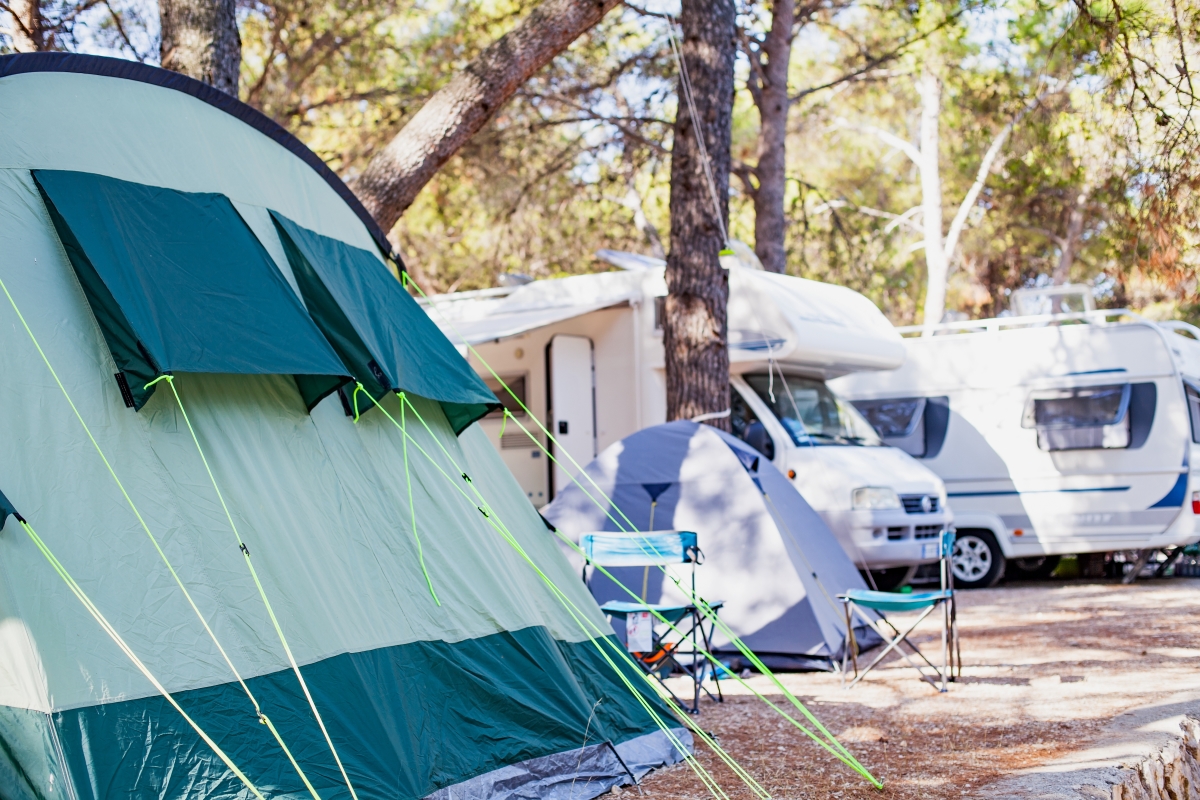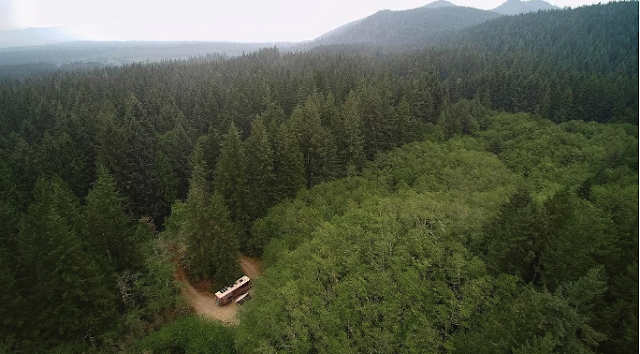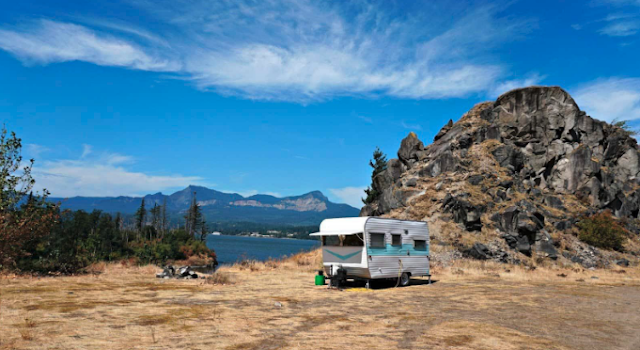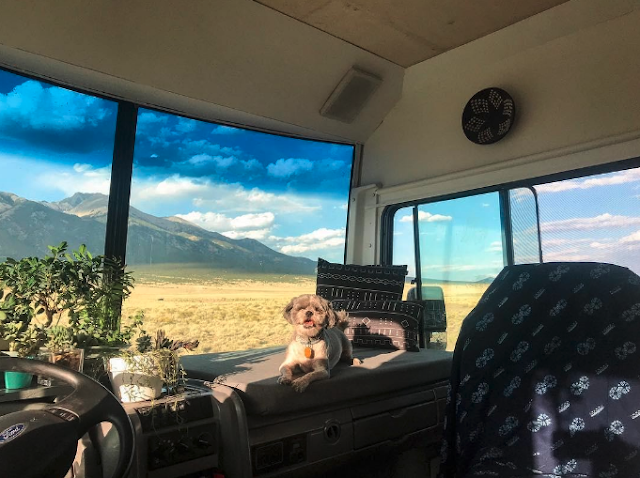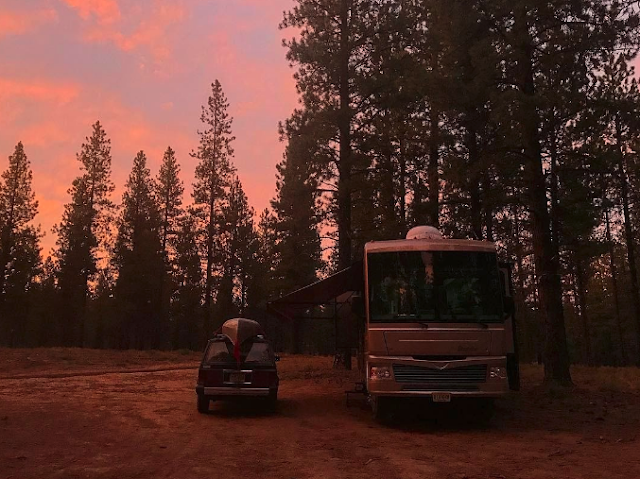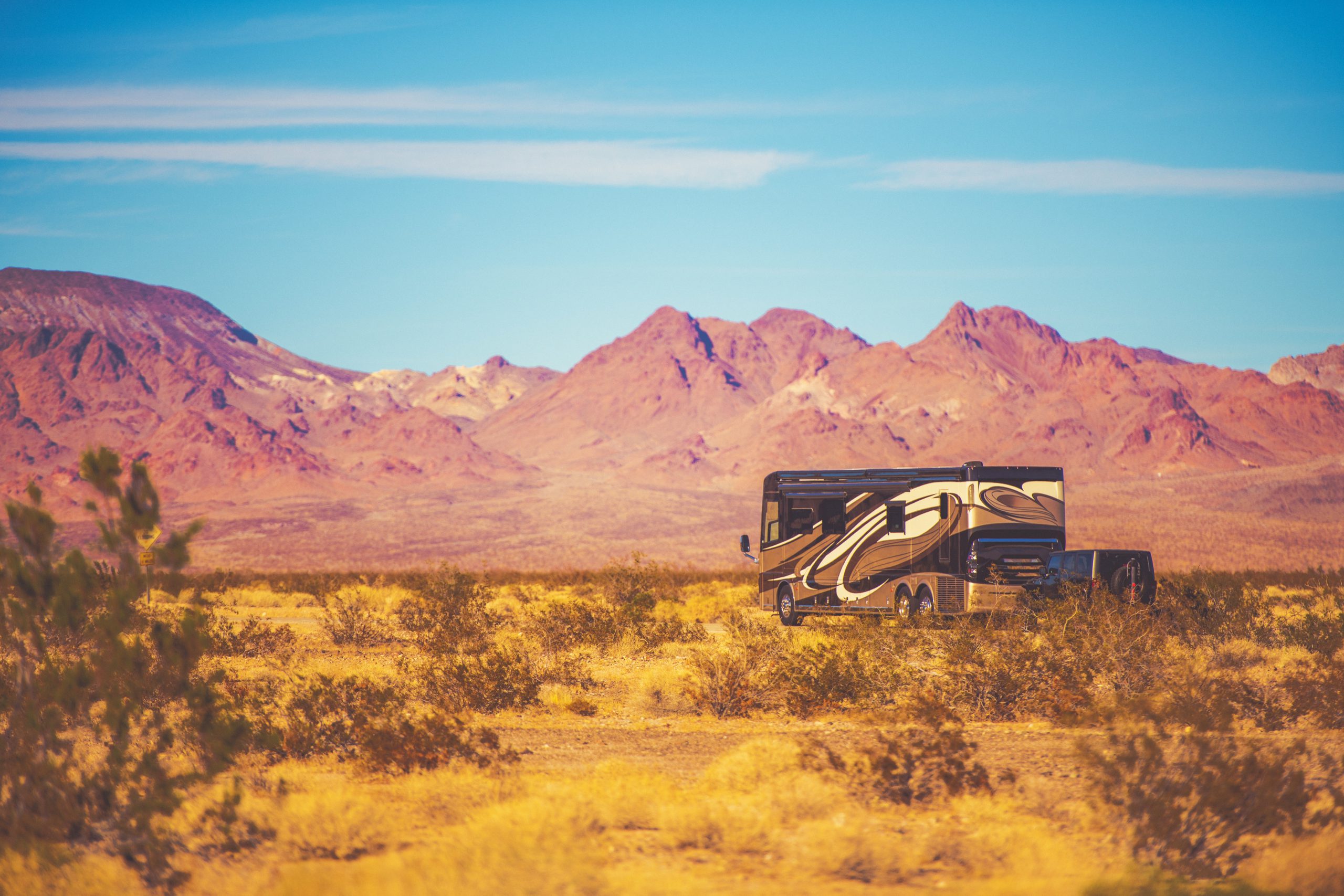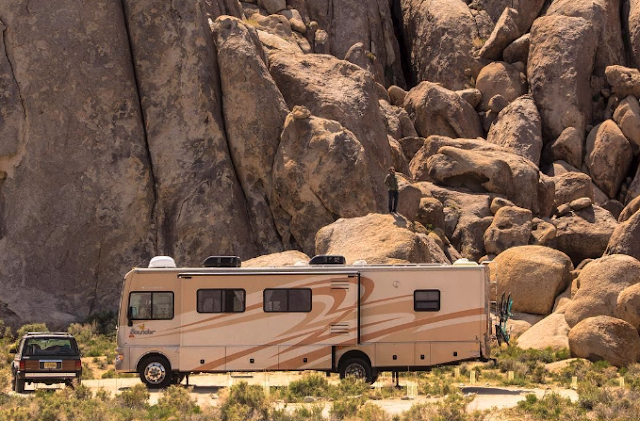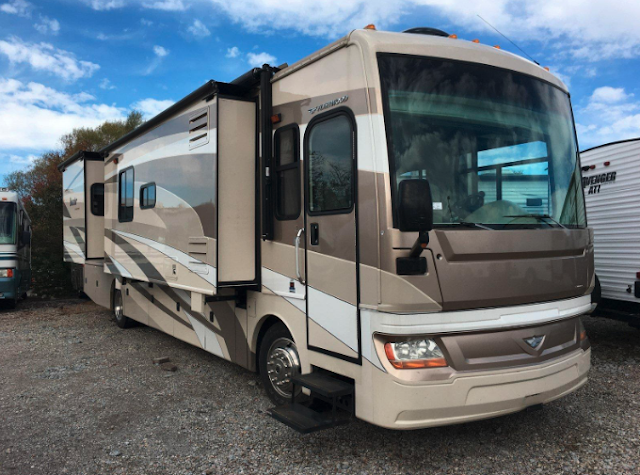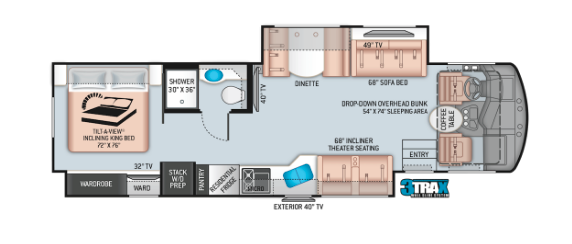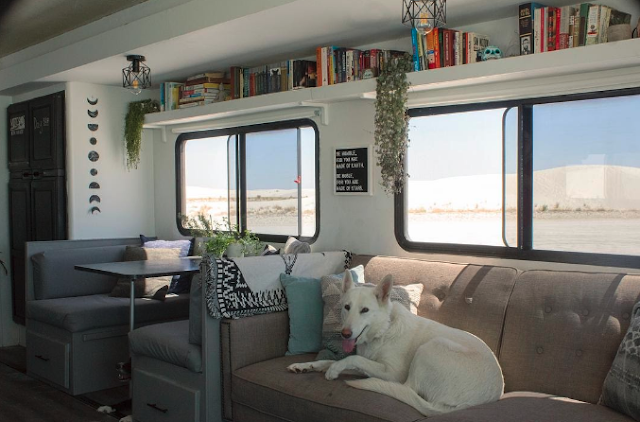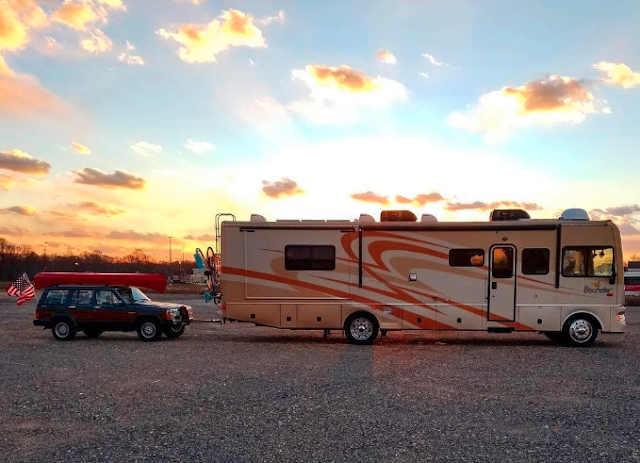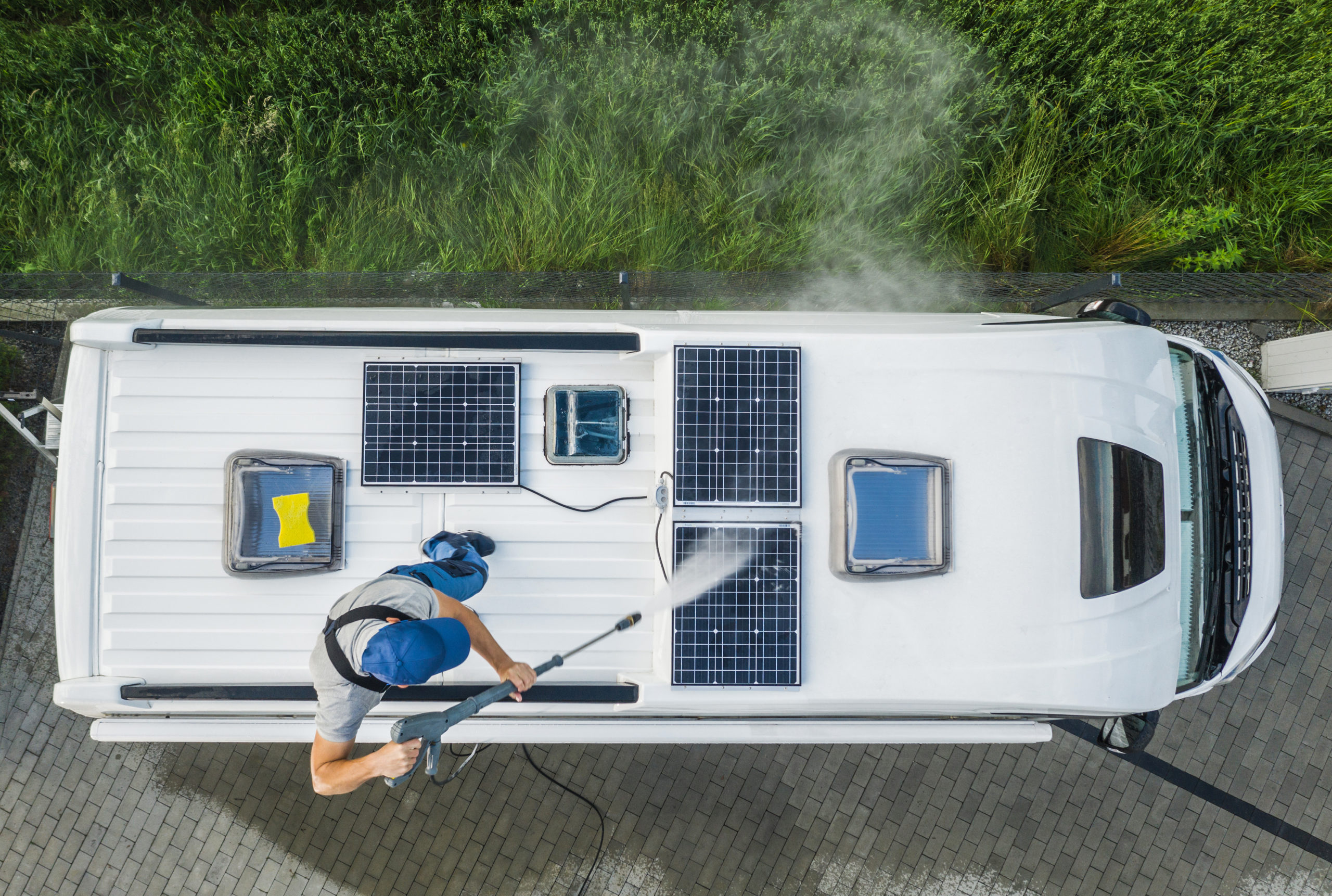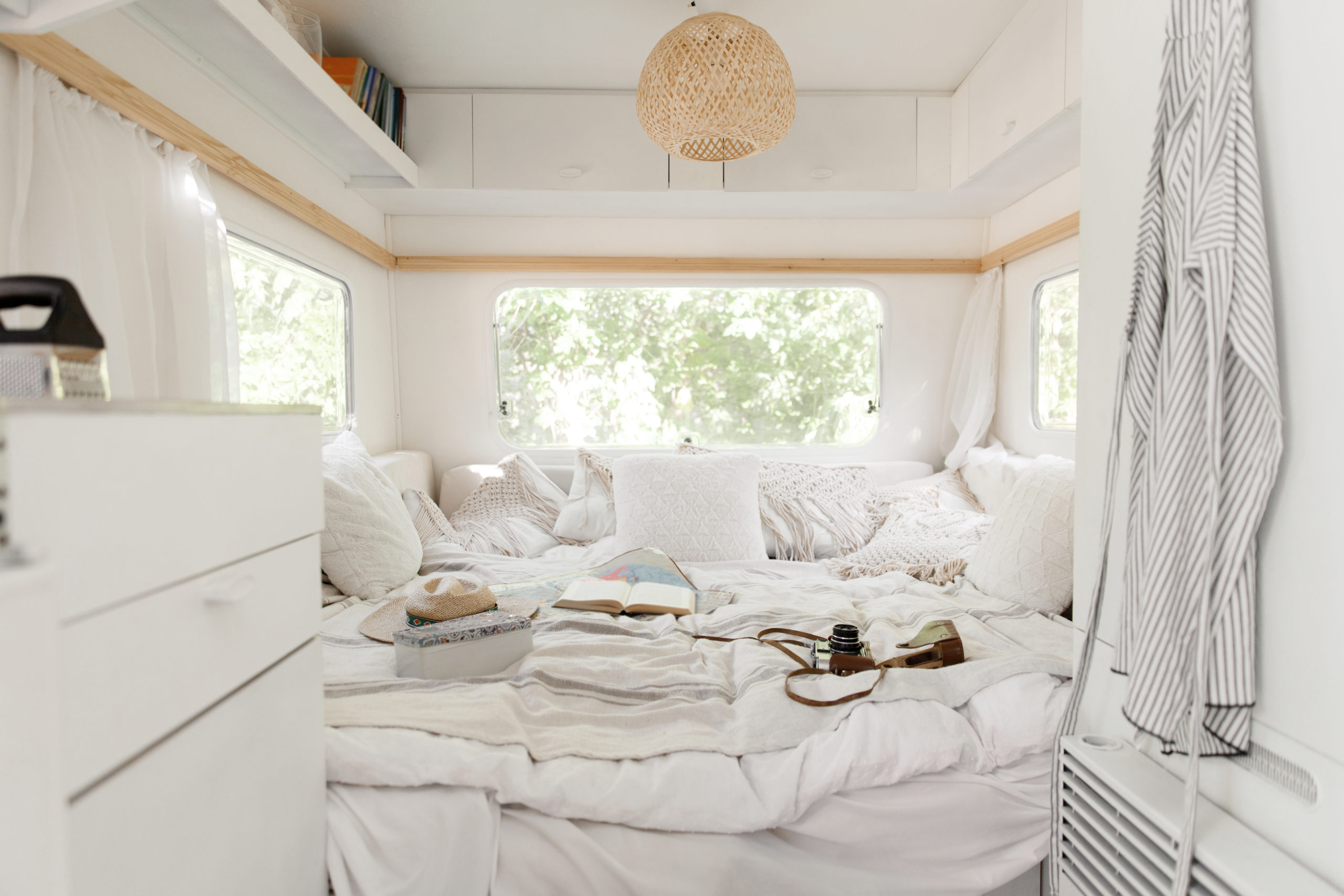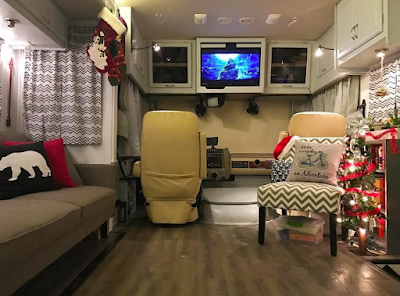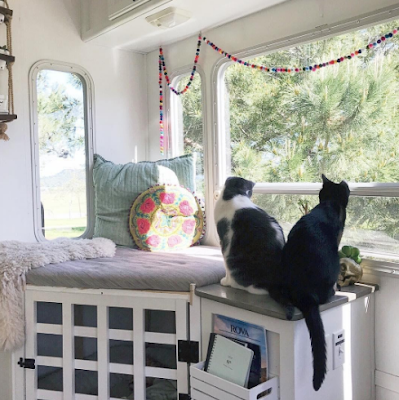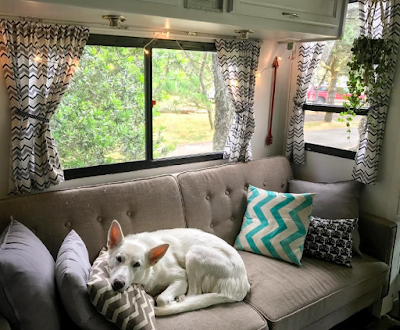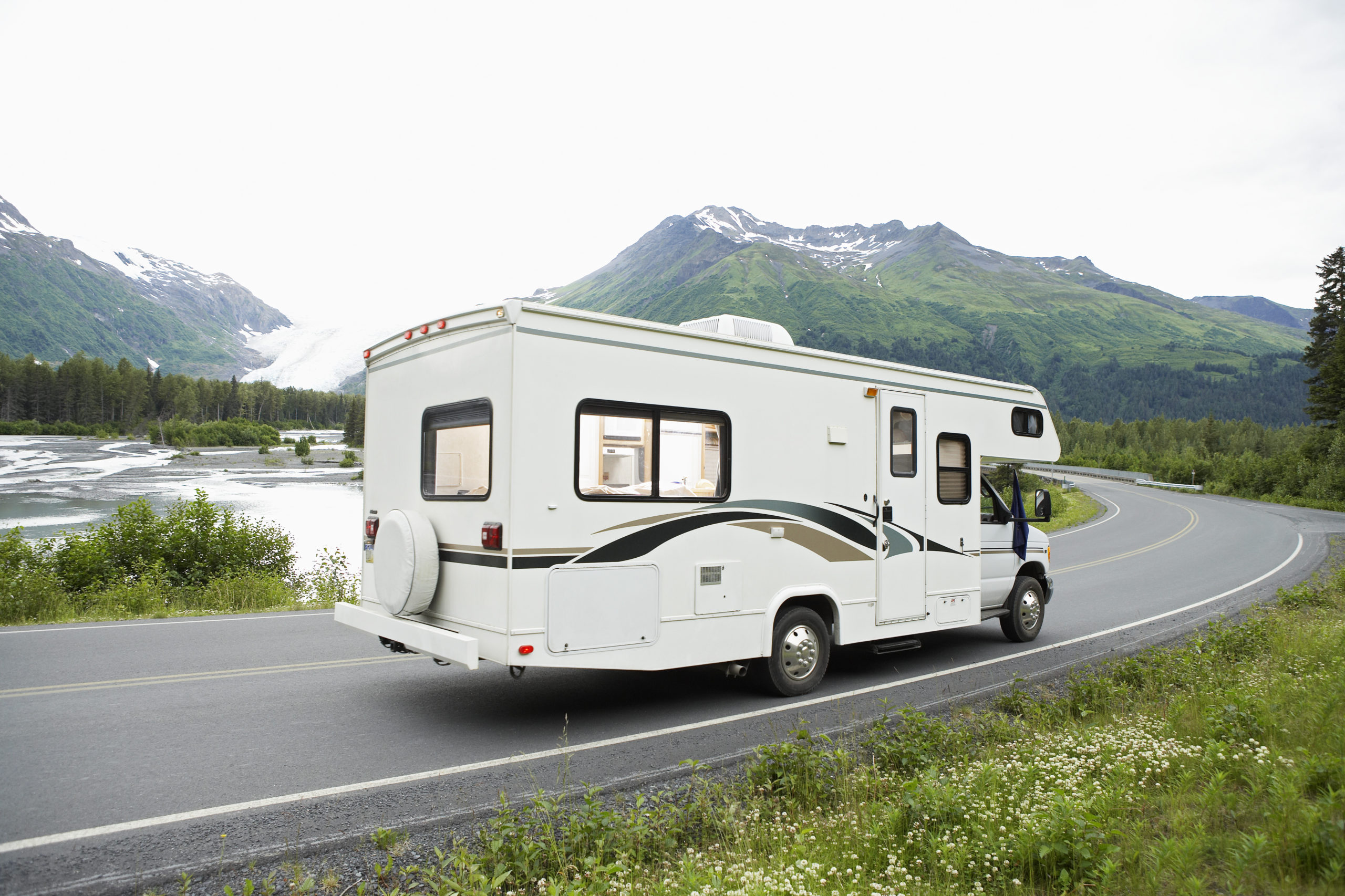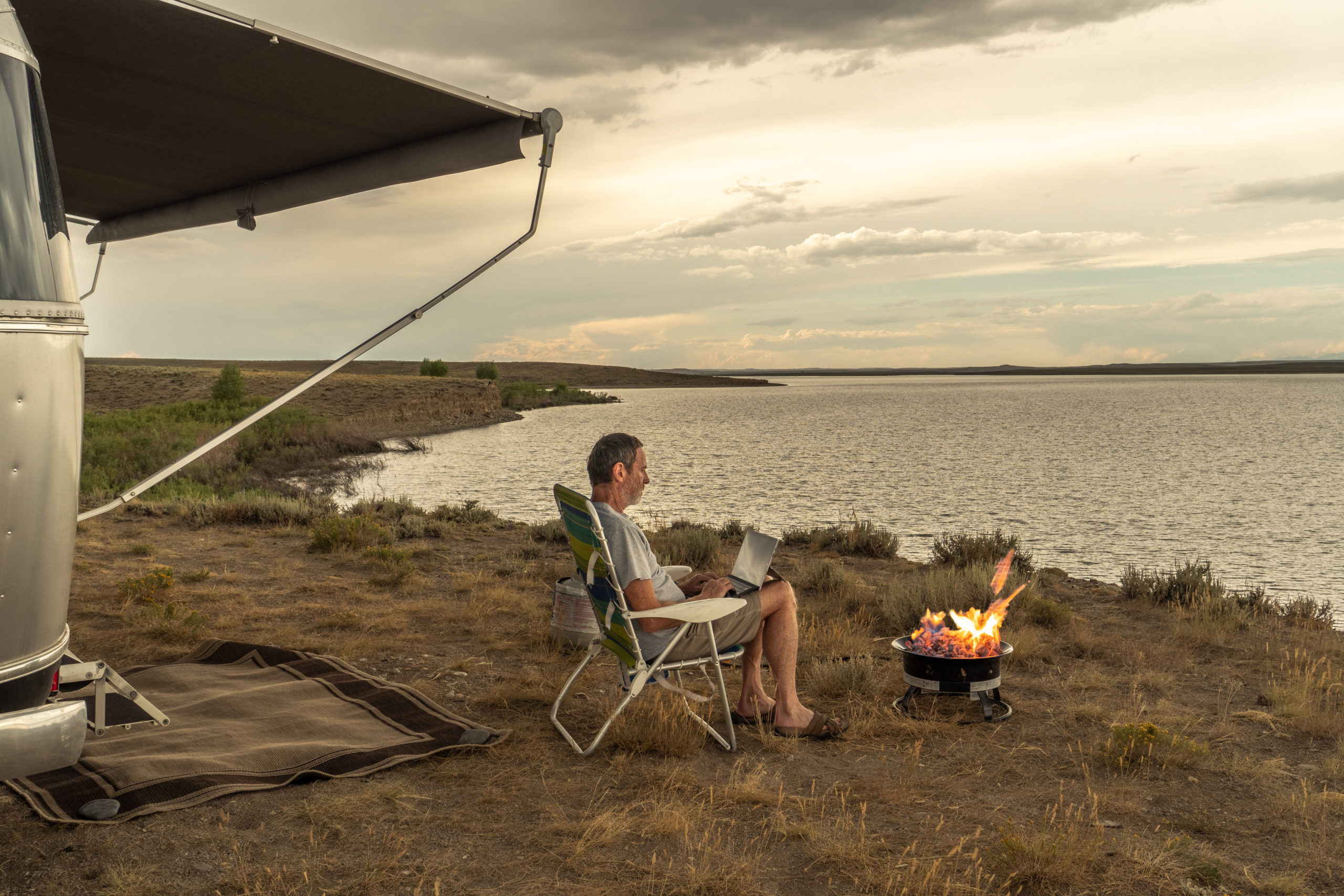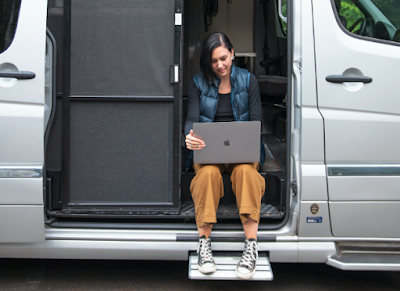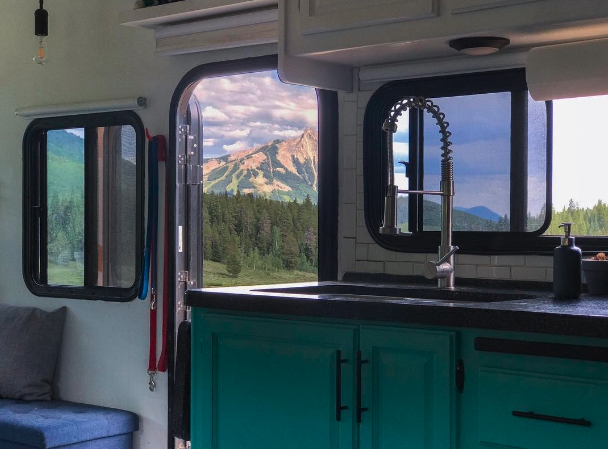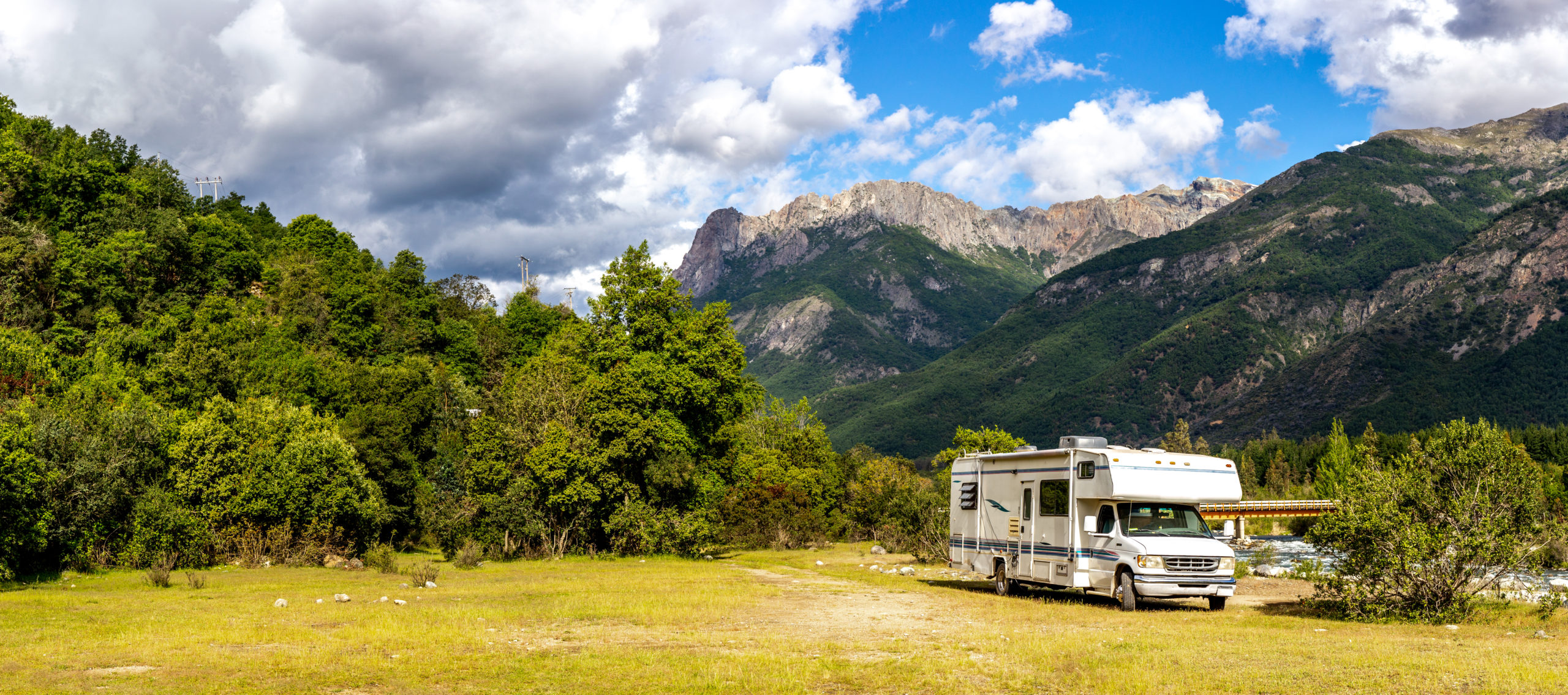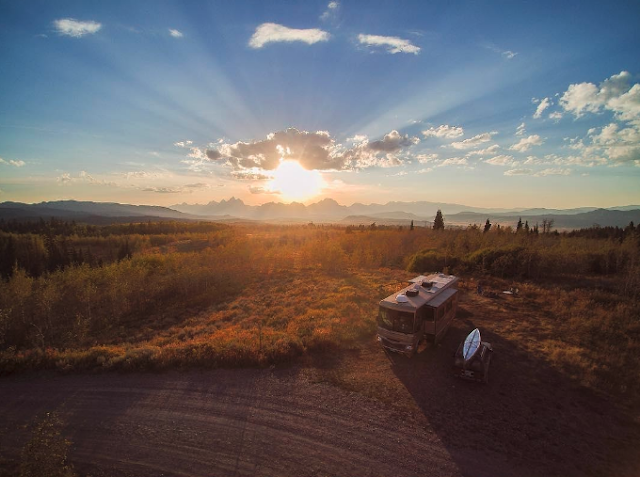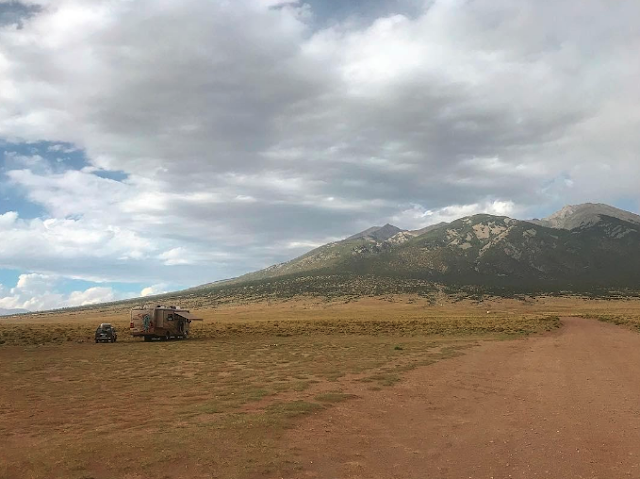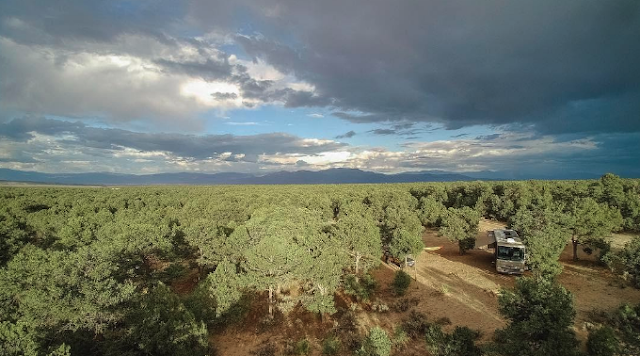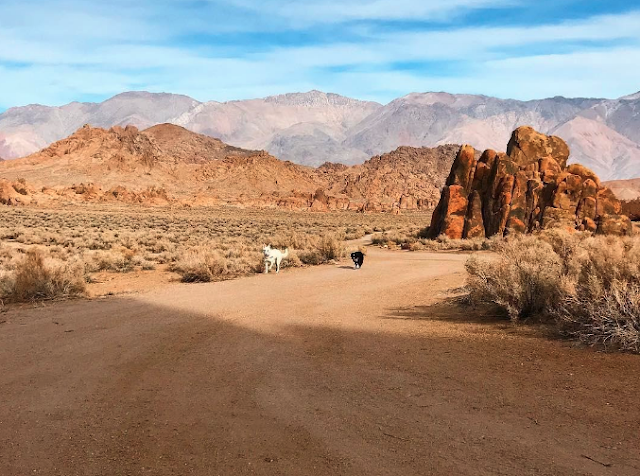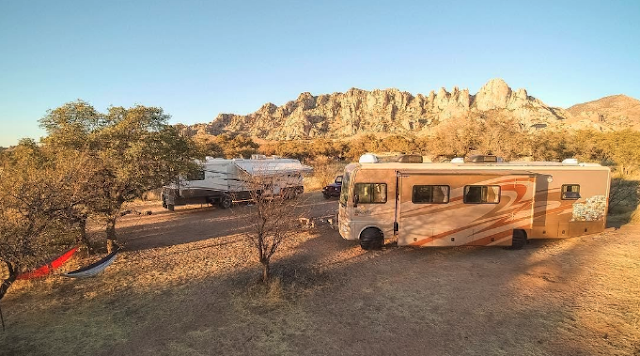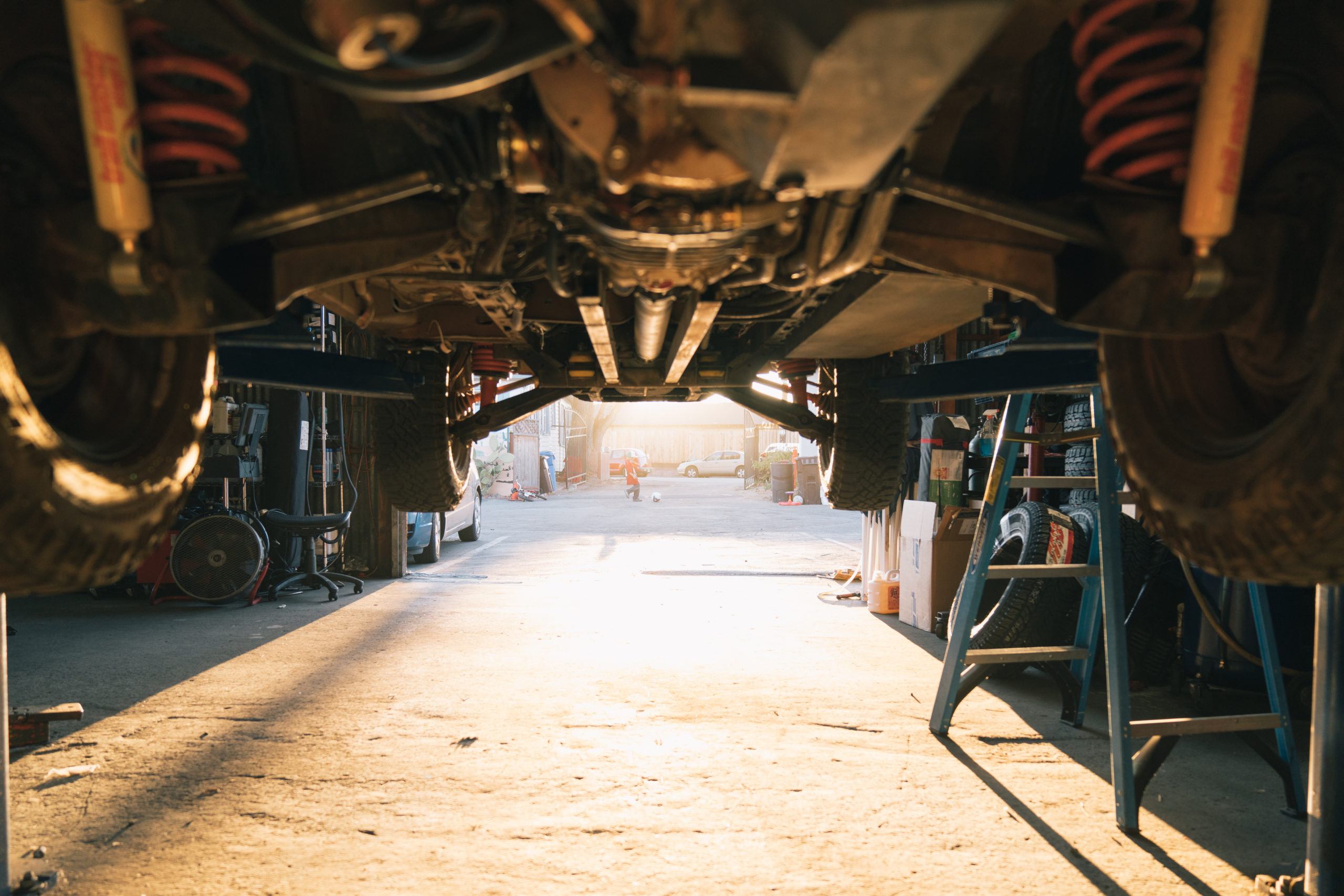When you buy an RV, you aren’t just purchasing a camper—you’re investing in a future full of open roads, scenic vistas, and crackling campfires. But choosing the wrong unit could turn those vacation dreams into more of a nightmare. With all of the options out there, how do you know which RV is right for you?
To Tow or Not to Tow?
RVs fall into two categories, motorhomes and towables. Motorhomes are self-contained units and come in three types: Class A (built on a commercial bus or truck chassis), B (a camper van), and C (built on a van chassis with an over-cab bunk). Their main advantage of motorhomes is the flexibility while traveling, since passengers can move around the cabin, prepare food, and even use the bathroom while in motion. Another benefit is ease of set-up—turn off the engine and just like that, you’re camping.
But there can be cons to motorhomes, too. Because you’re paying for both a vehicle and a living space, motorhomes are more expensive than towables. Even mid-sized motorhomes are often too large or cumbersome to maneuver easily in small towns, so you may need to tow a separate vehicle for sight-seeing and shopping. If you already own (or need) a large SUV or truck, a towable is a more economical option, and you’ll have wheels to move around town or take day trips after you set up camp.
Towables come in a wider variety of shapes and sizes, from compact teardrop and pop-up campers to travel trailers and fifth wheels. While many motorhomes can sleep six or eight, most still have only one rear bedroom. Most motorhomes rely on fold-out couches and convertible dinettes for extra beds, while many trailer layouts include separate bunkrooms, giving large families an added measure of private space.
Bottom line: Motorhomes win for convenience and comfort while traveling, but trailers are designed with families—and their budgets–in mind.
Camping or Glamping?
Do you like the idea of “roughing it”? Do you plan to camp in areas where electricity won’t be available? For dry camping (also known as boondocking), you’ll want features like solar panels, an ample battery bank, a generator, and dual fuel/propane systems and appliances.
If glamping is more your style, the only limits to your RV’s amenities are your budget and imagination. Modern units include options like extra baths, kitchen islands, electric fireplaces, outdoor kitchens and entertainment systems, and most are equipped with multiple slides for spacious indoor living.
Does your idea of fun include getting out on the water or going off-road? If you have kayaks, a jet ski, an ATV, golf cart, or a motorcycle, consider a built in toy-hauler. Available in both motorhomes and towables, these RVs include a rear garage to store whatever you need to make your vacation complete.
Bottom Line: The kind of camping experience you want should guide your choice of RV.
Is Bigger Always Better?
Not necessarily. There’s a cost that comes with size, both in a higher purchase price and in the expenses of use. Plus, driving a big rig isn’t for everyone, and the differences in turning radius, braking distance, and sway in a heavy travel trailer can make towing challenging. Accessibility is another problem. Many state and national parks were designed decades ago, when RVs were smaller. In fact, 27% of national parks don’t have sites for RVs over 35 feet, and only 7% of national parks can accommodate RVs longer than 40 feet. In many cases, even if you meet this criteria, you will also need available space to park your tow or towed vehicle in a separate lot.
Bottom Line: Choose an RV you are comfortable handling, and one that can take you where you want to go. We highly recommend taking a test drive before you get too far down the path to purchase.
New or Used?
That depends on two things—your budget and your mechanical skill. Depreciation of recreational vehicles in the first year is estimated to be about 21% and increases to between 35 and 40% by year five. This makes purchasing a used RV an economical choice—if it was well-maintained. Otherwise, you could be looking at high repair costs unless you can do the work yourself. Before buying a used unit, go online, check reviews, and look on forums for any issues with the manufacturer or model. And consider hiring an expert to do a survey of the RV before you buy—it will be money well spent.
Bottom Line: Used RVs make financial sense, but you have to do your homework.
Ready to Shop?
Before you buy:
- Research different manufacturers and models.
- Look for owner review on reliability, workmanship, customer service, and warranty coverage.
- Go to an RV show.
- Compare types and sizes of units. Sit inside, try out the kitchen, lie on the bed. Imagine living in that space for a week of rainy days.
- Rent an RV. Nothing beats firsthand experience!
- Make a wish list. Write down five features that are MUST-HAVES and five that are WANT TO HAVES. Use those as your guide. Don’t be talked into a unit that doesn’t fit your needs.
Take the time to find the right unit for you and your family—and let the adventure begin!
